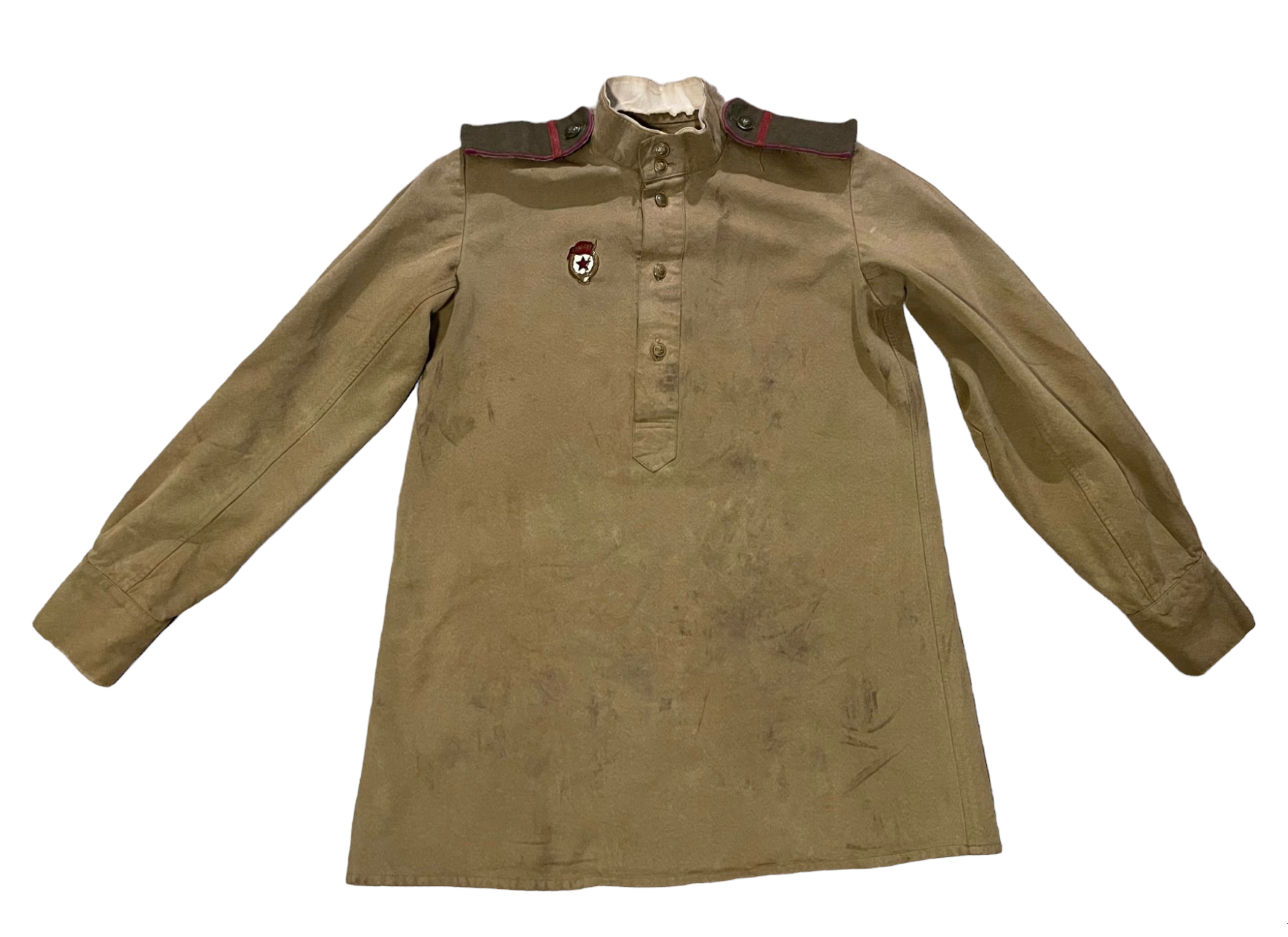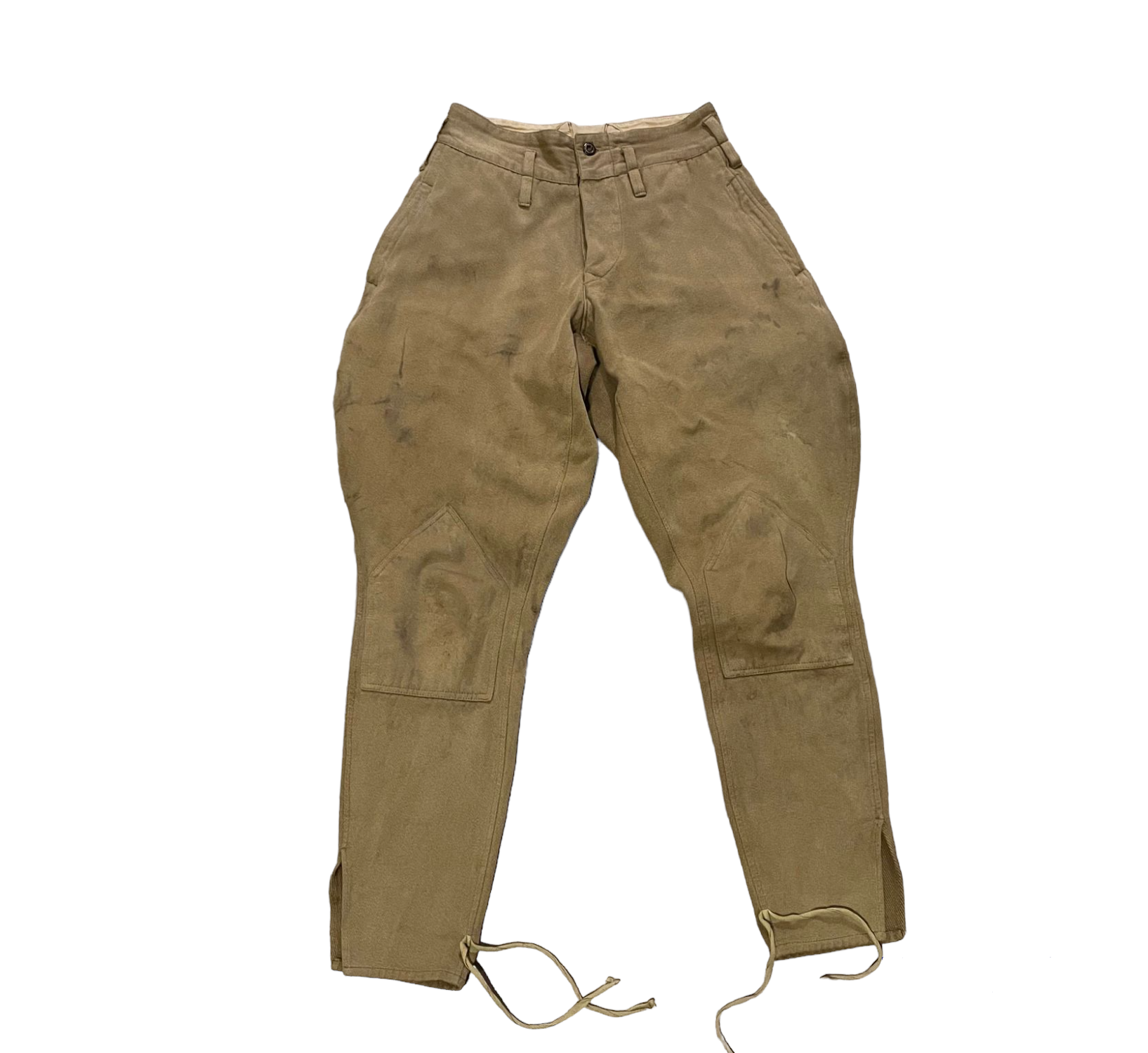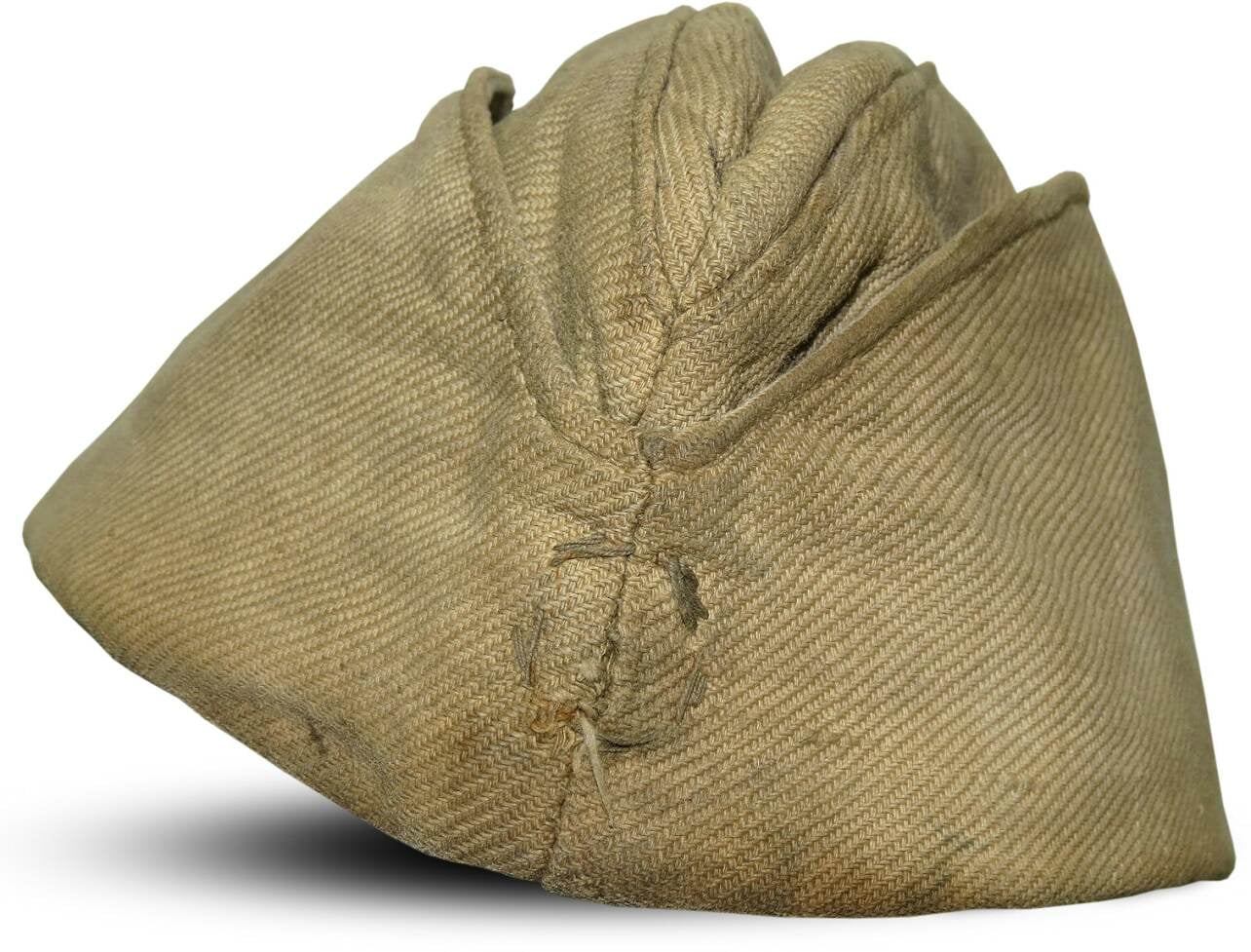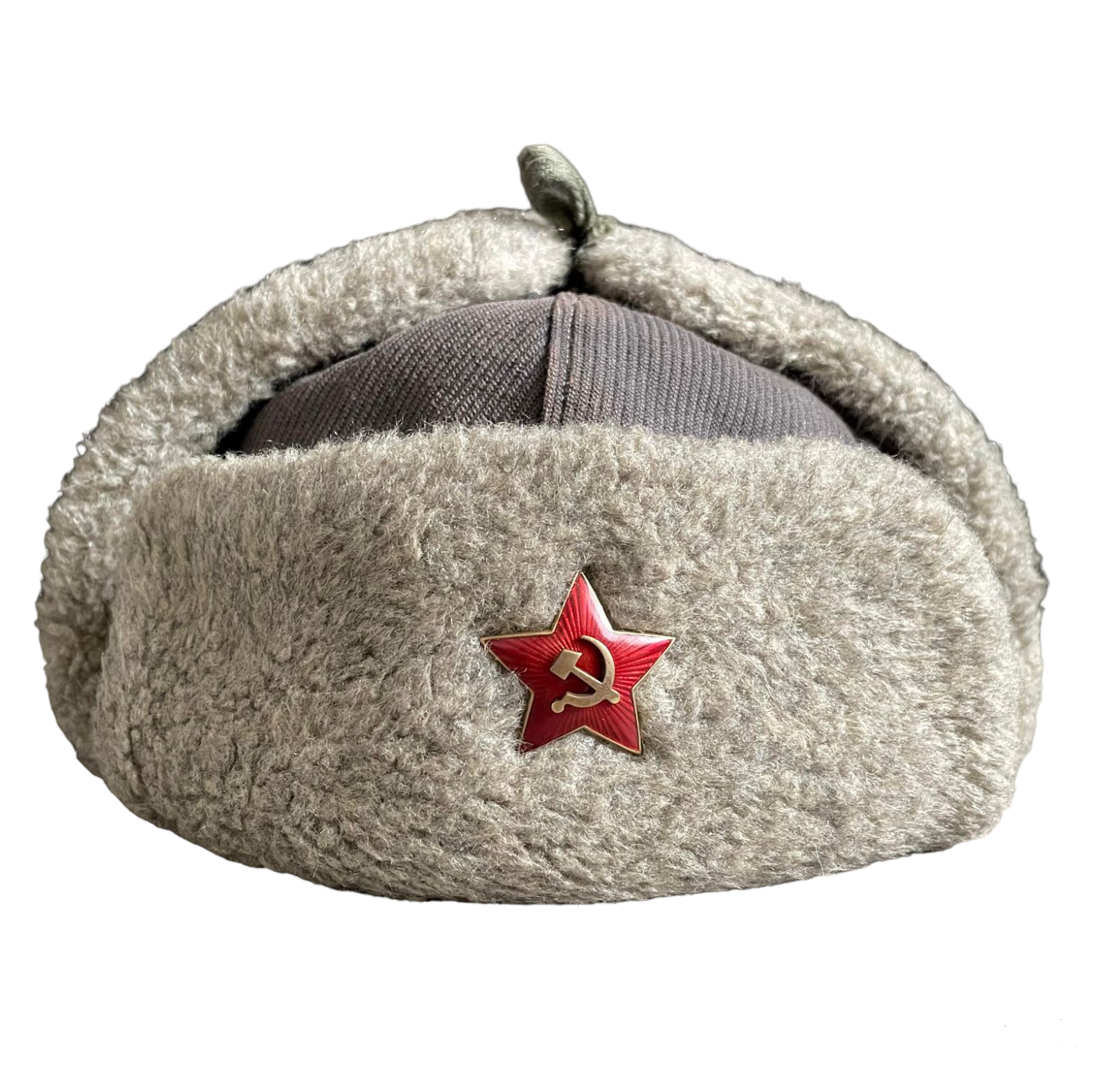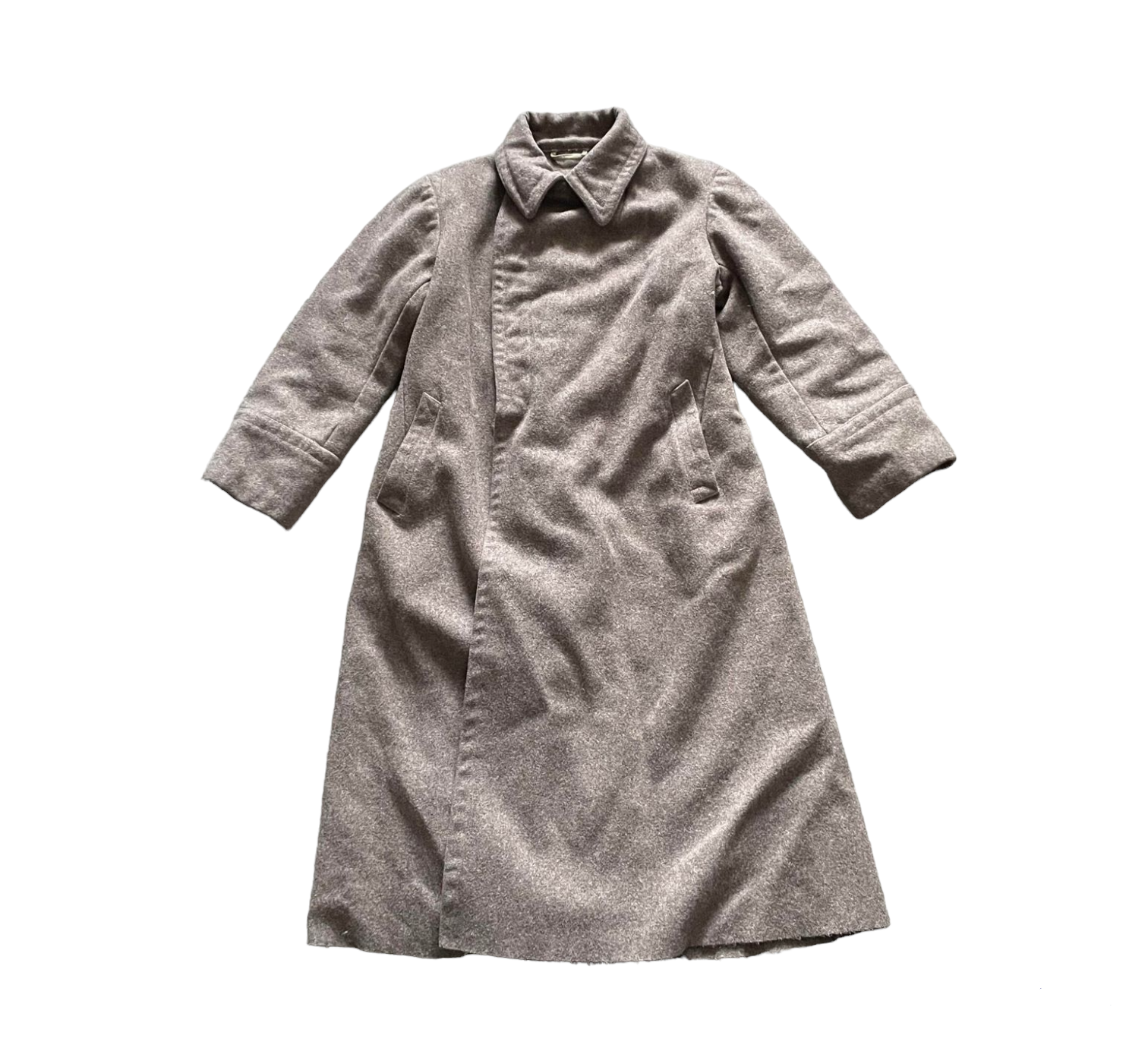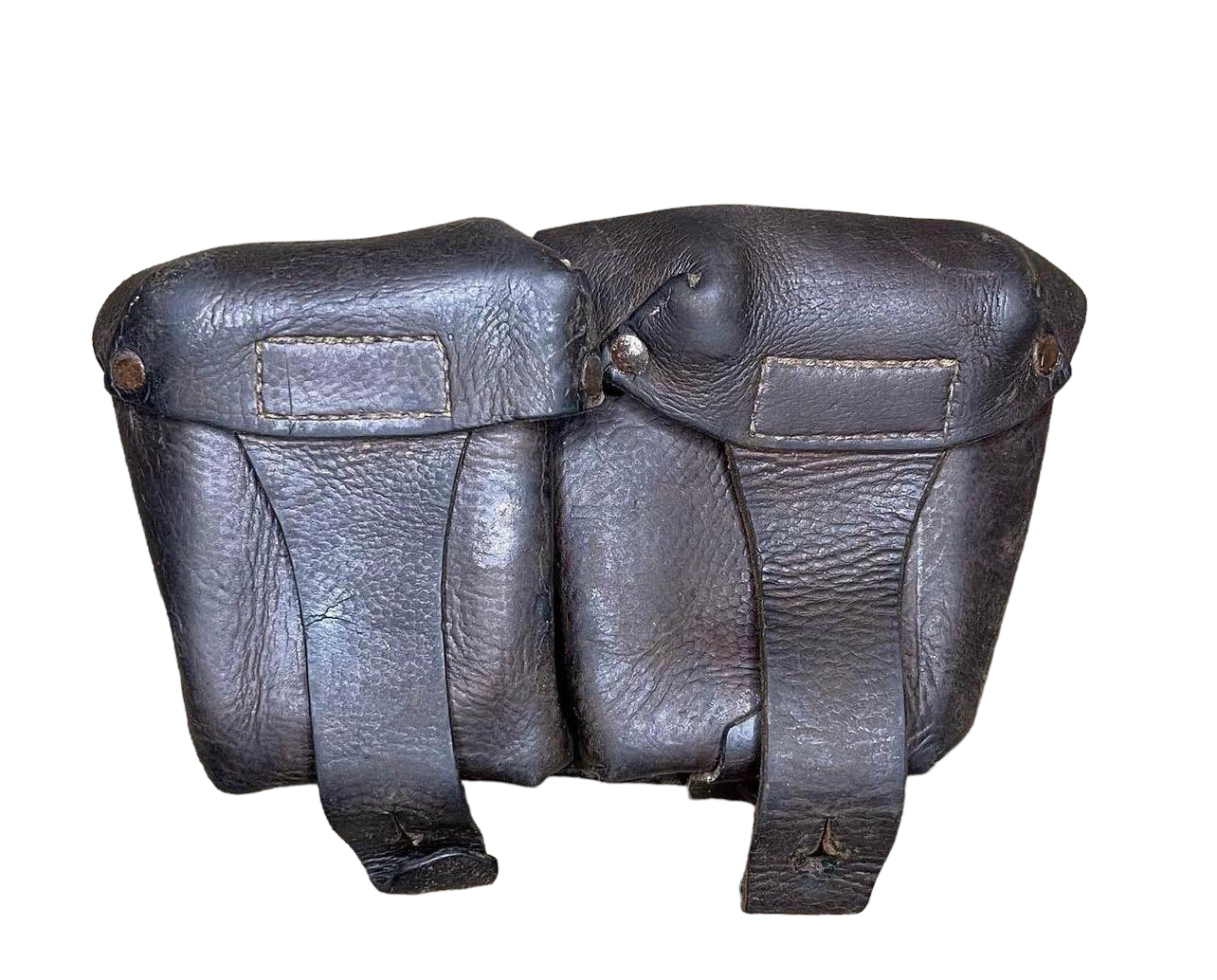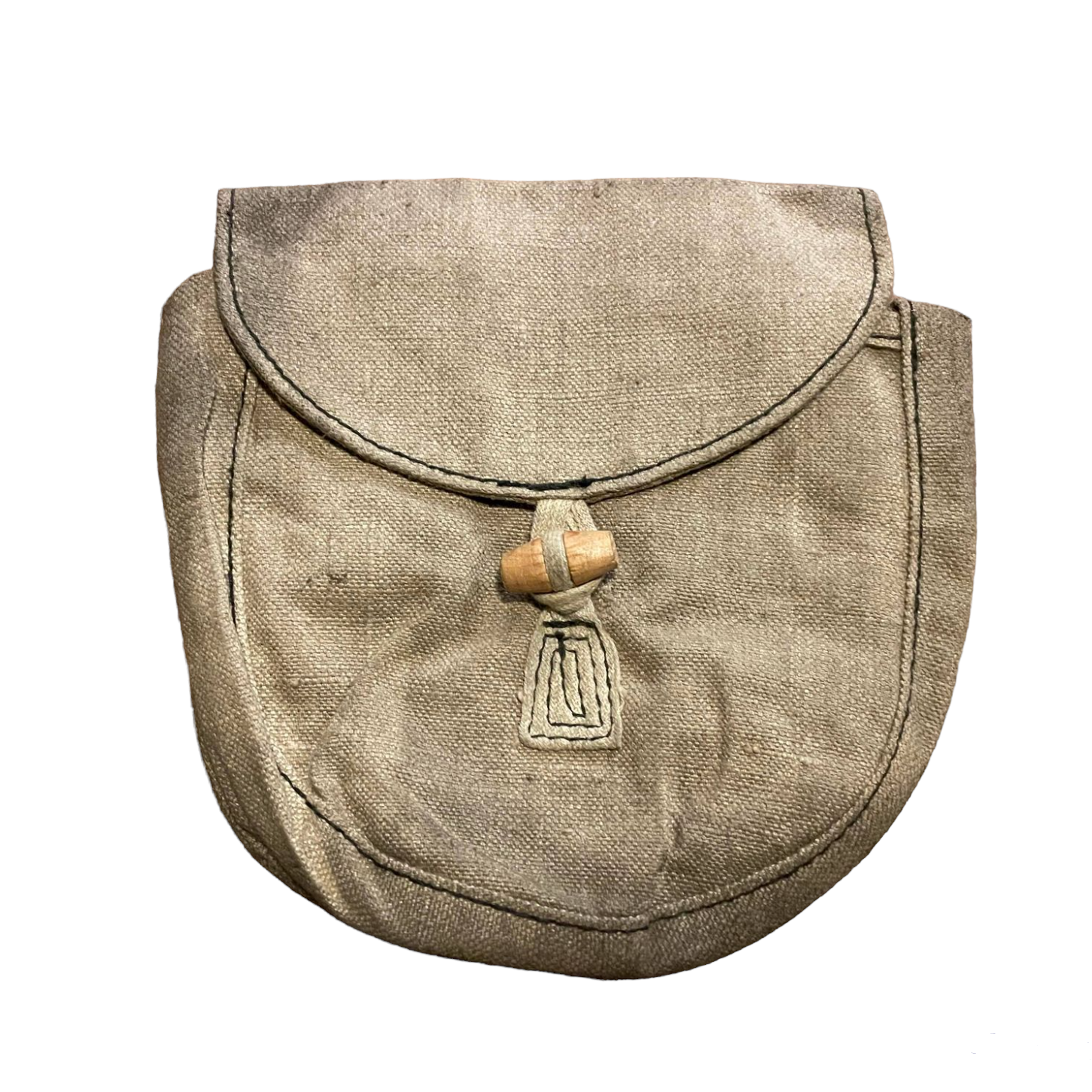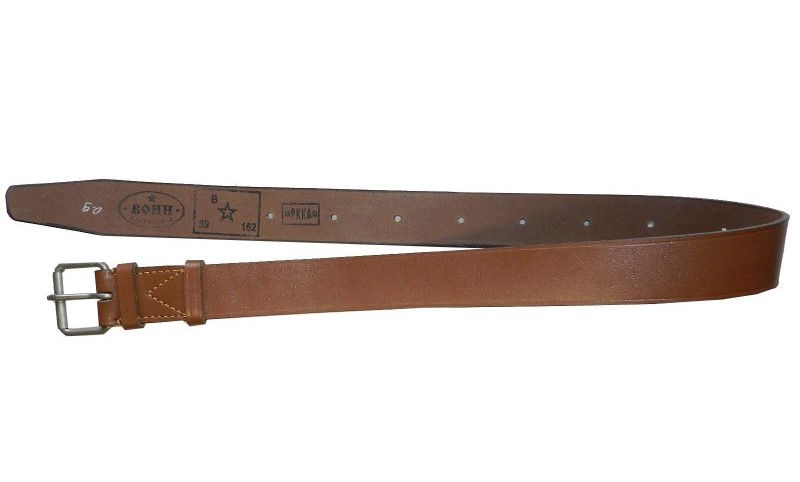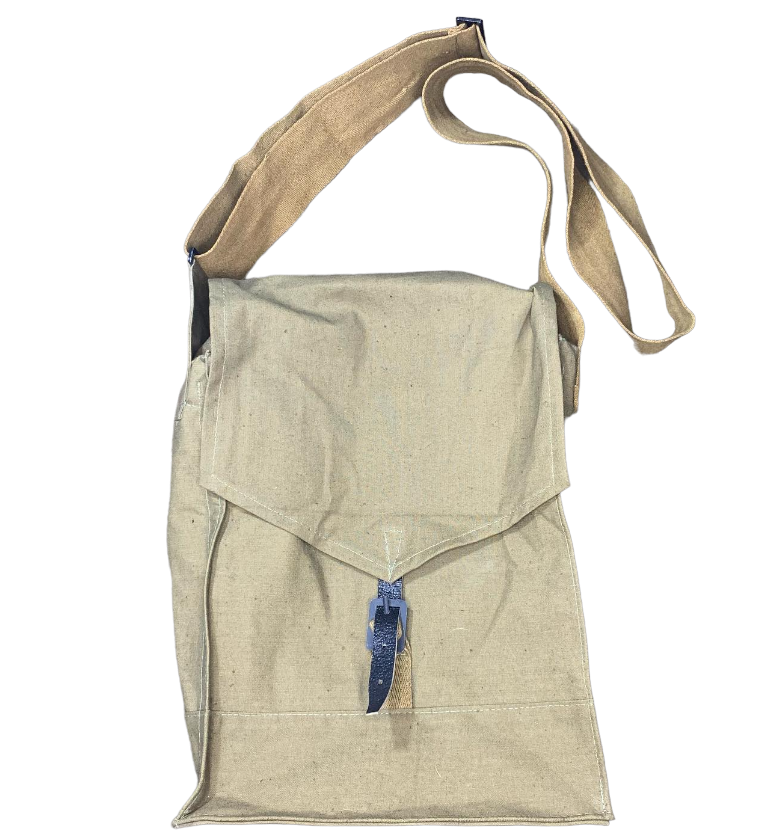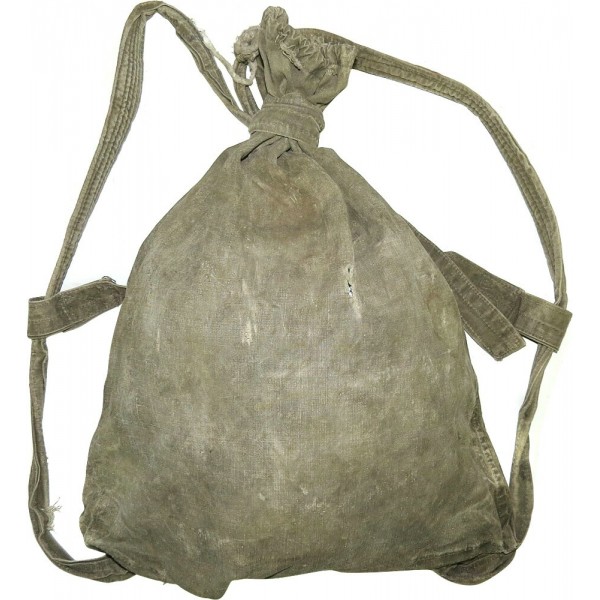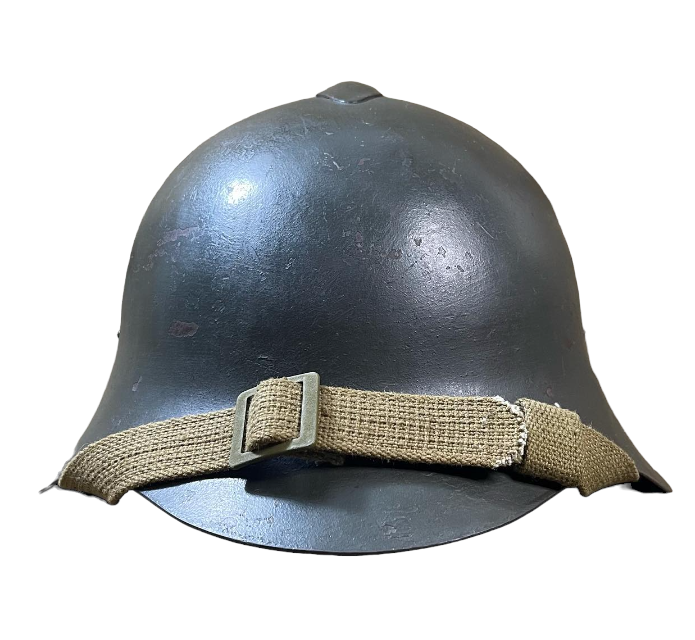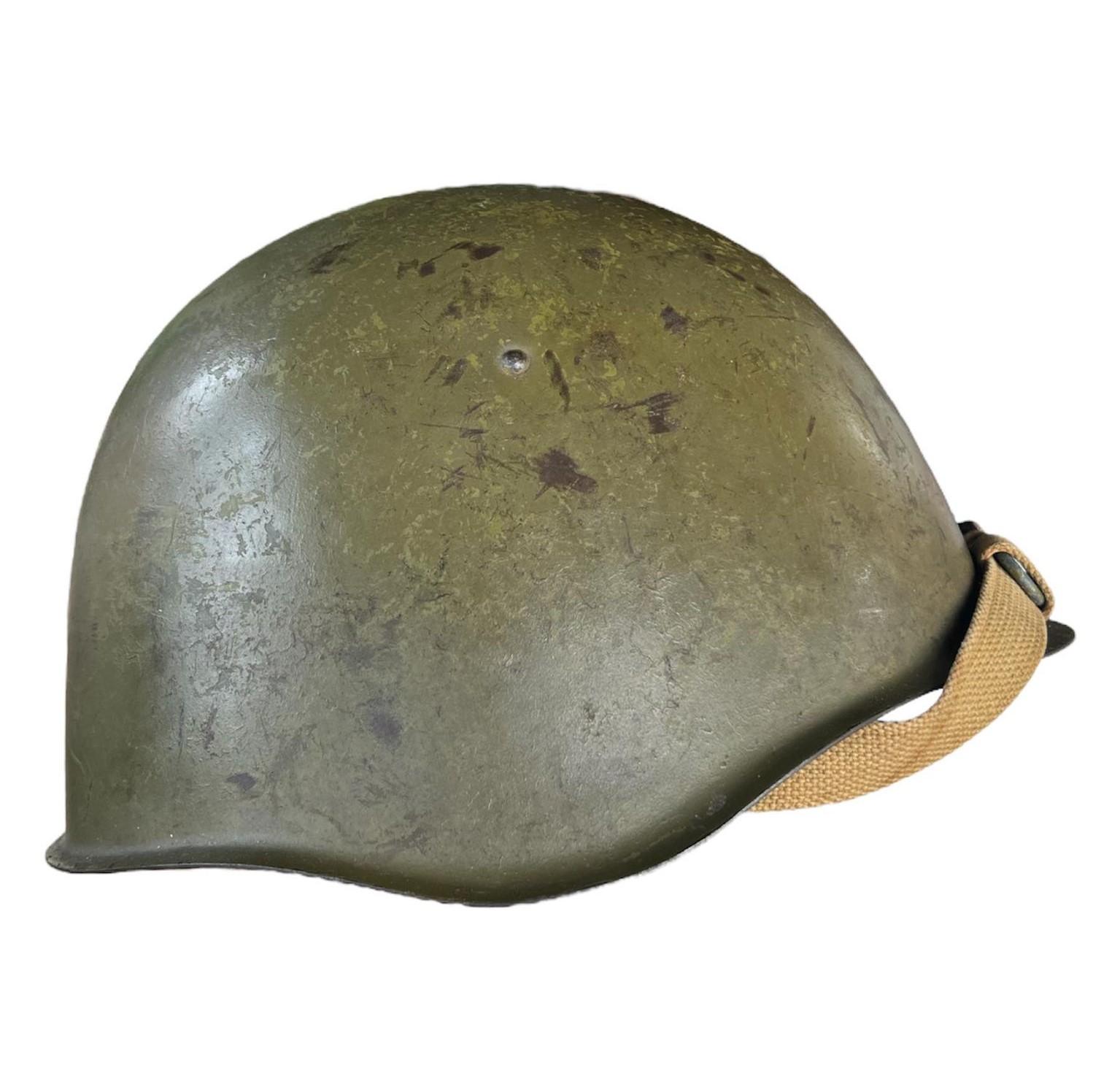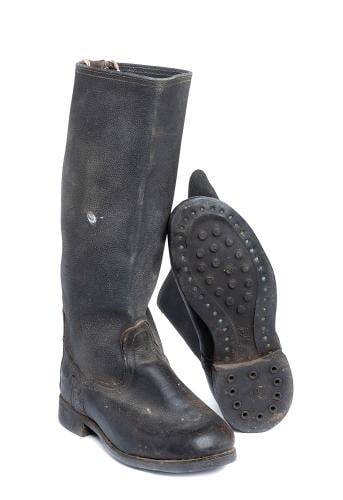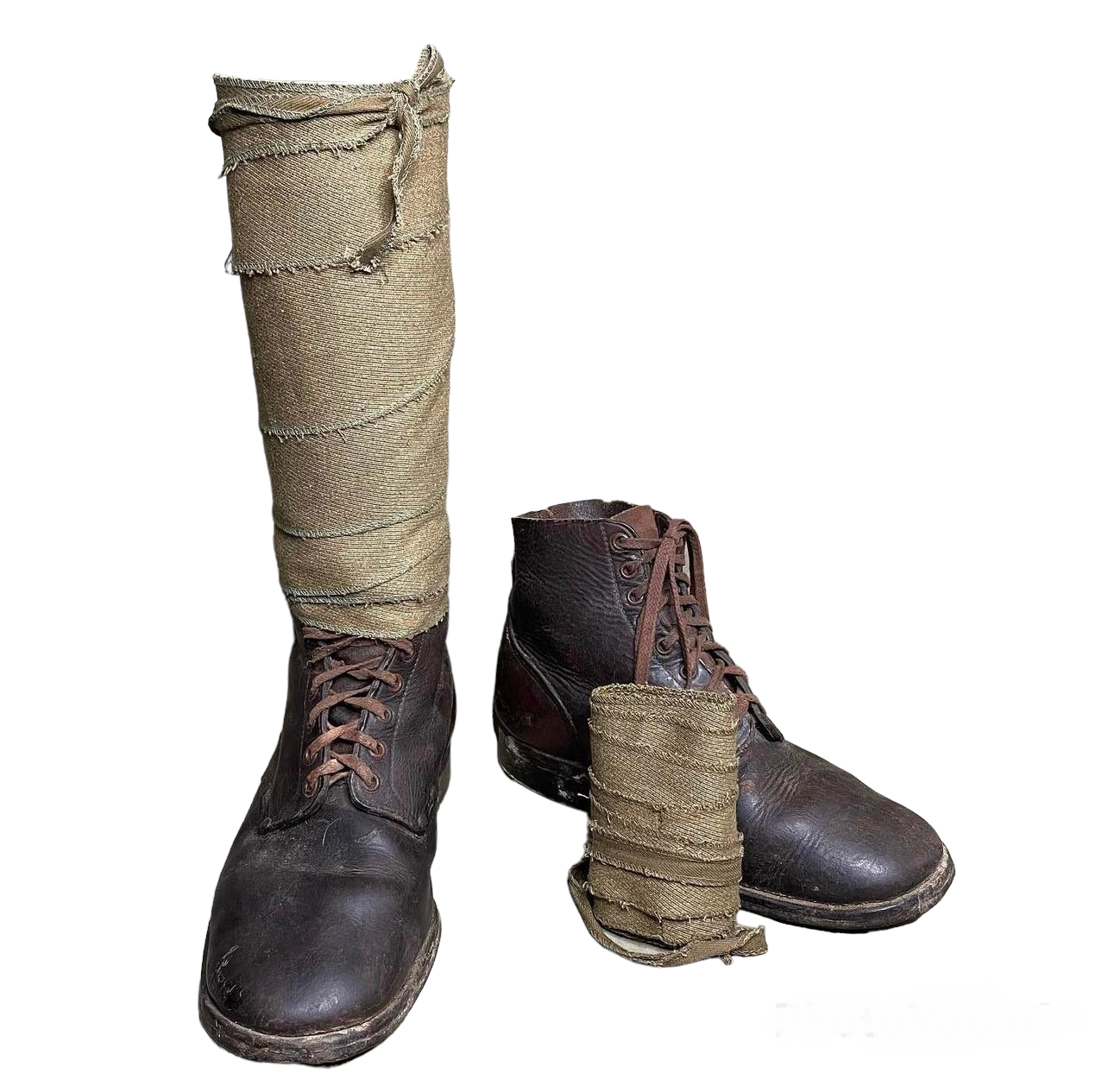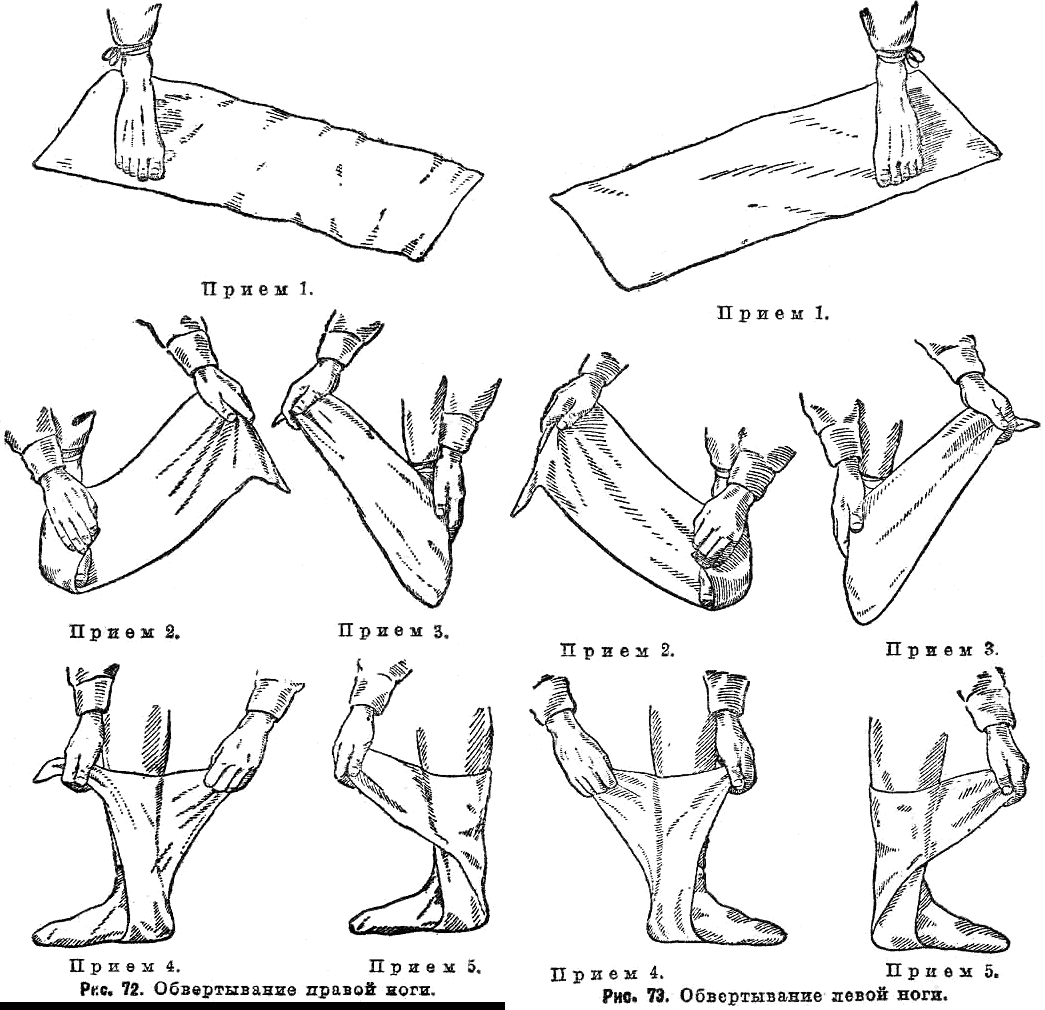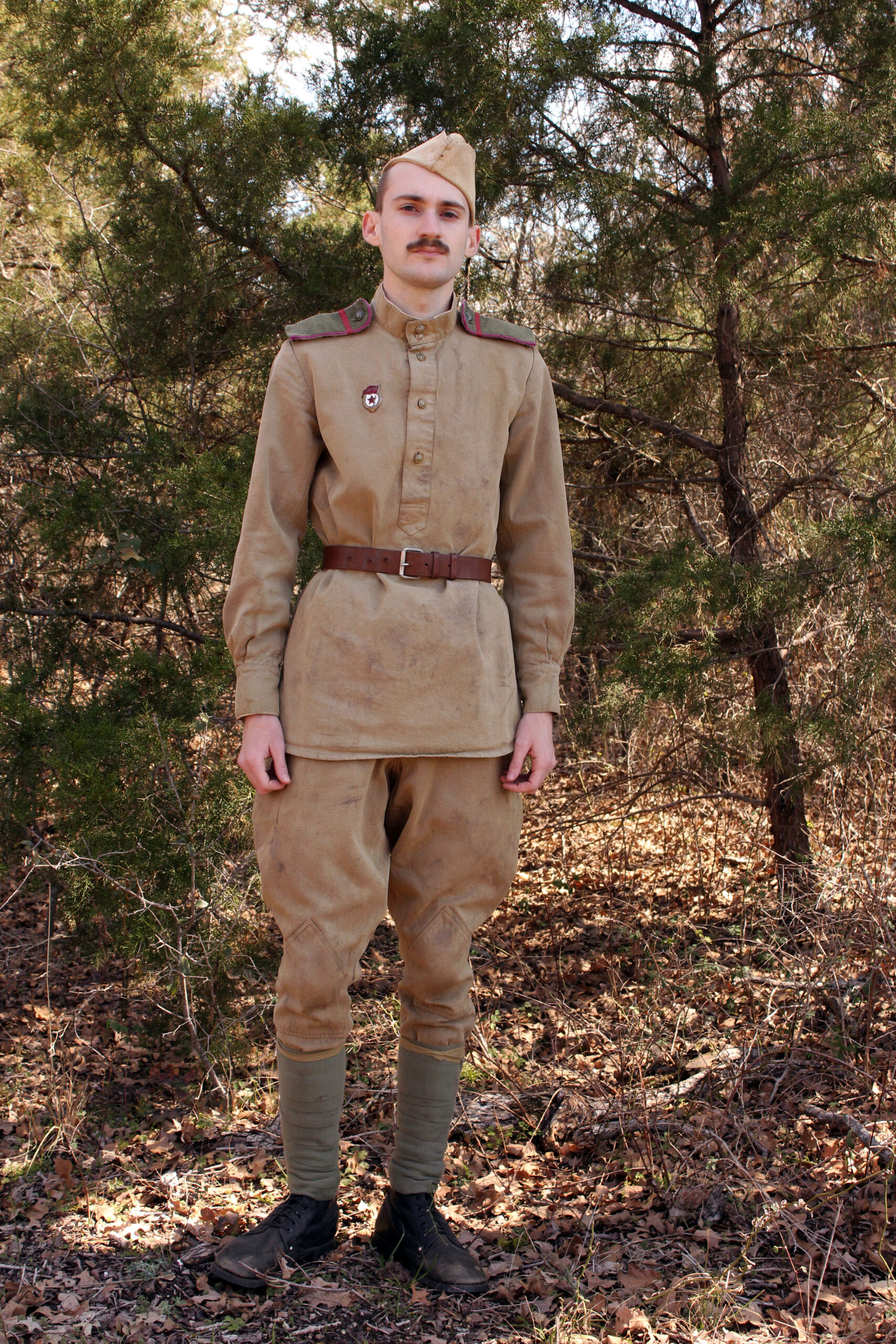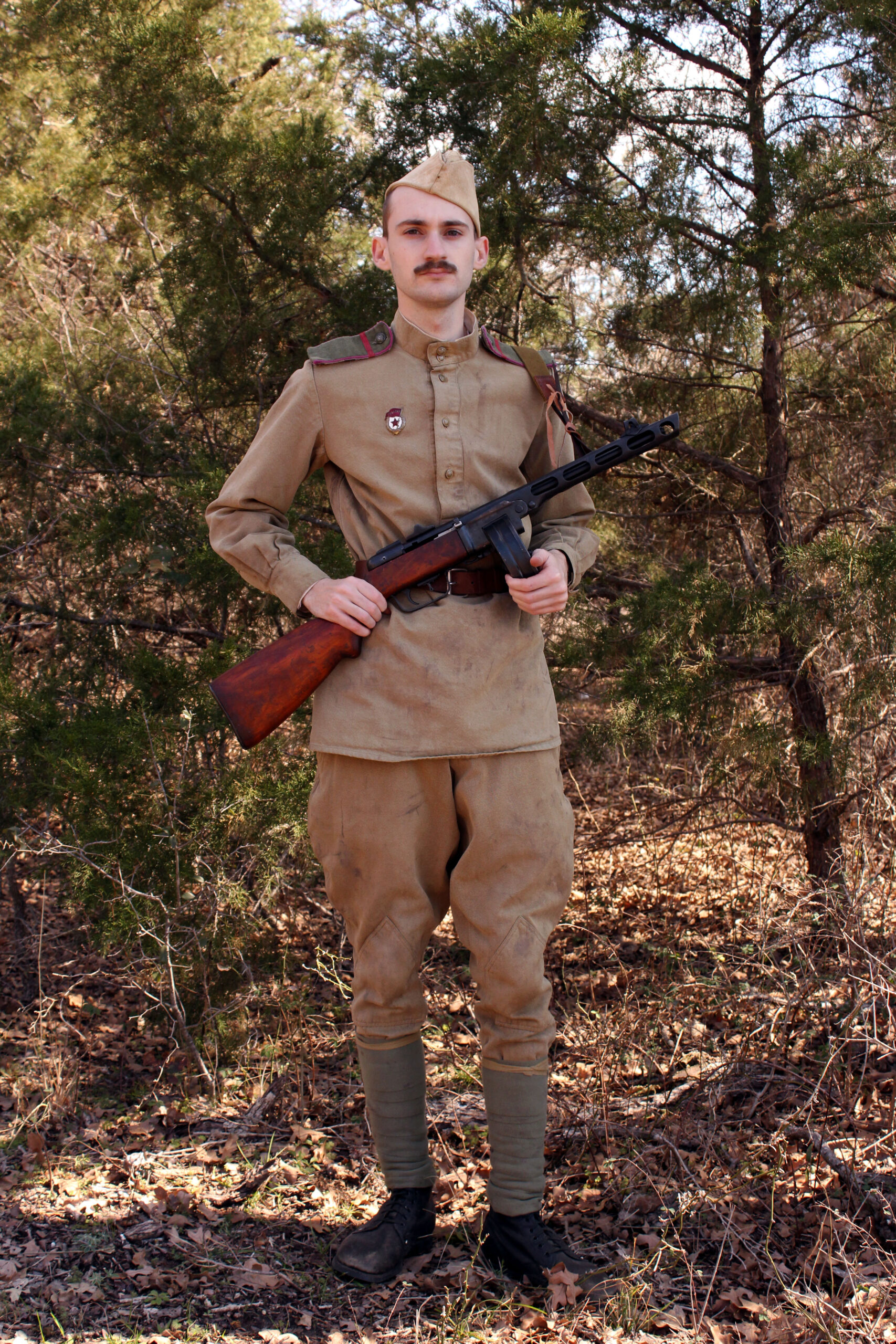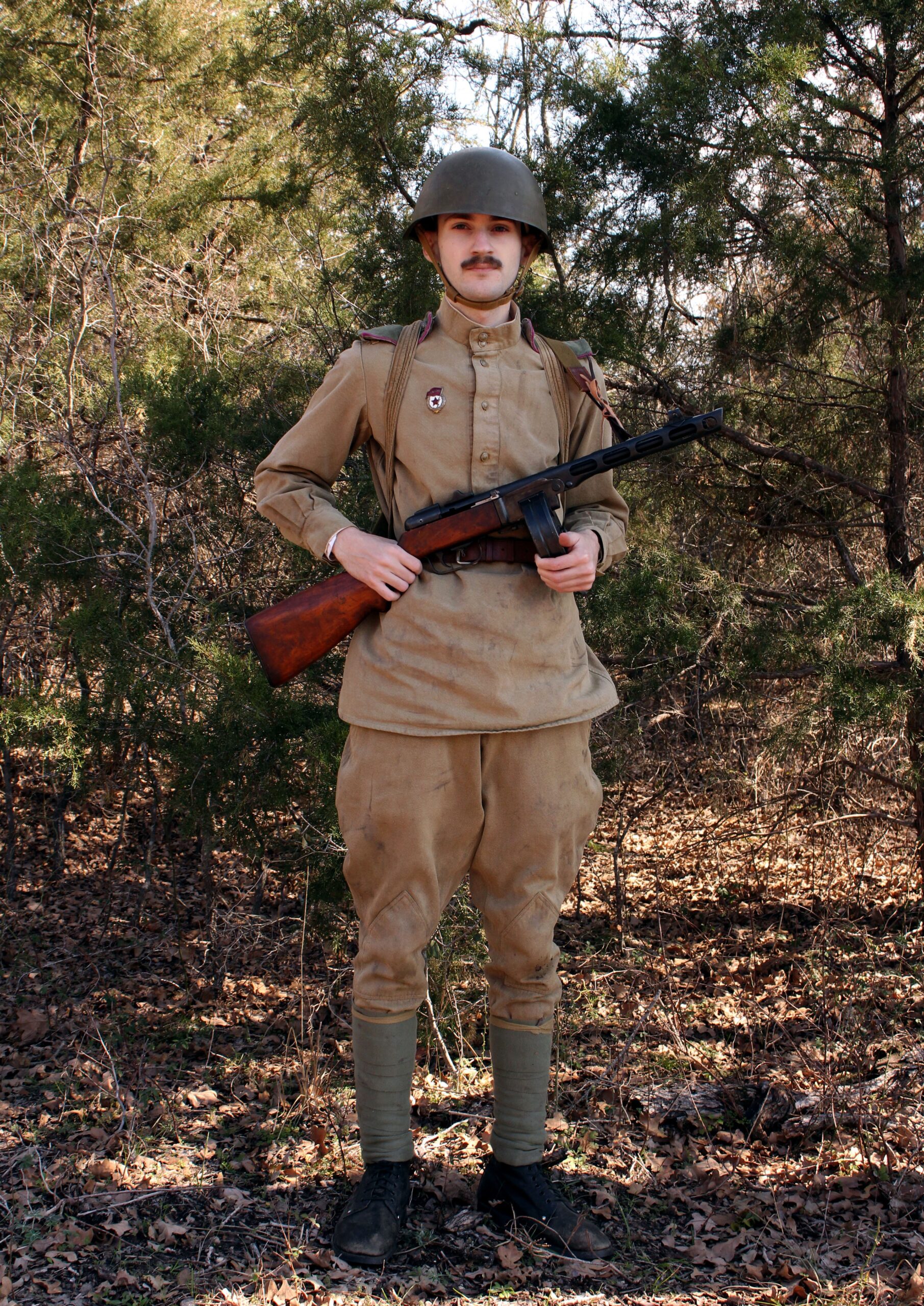Late-war
By Zac Williams
Late War (1944-1945)
In 1944, The Red Army was poised to bring war home to Germany. After three years of genocidal warfare within the borders of the USSR, the Wehrmacht was in full retreat along the whole front. By February, the Red Army had reached the 1941 border in places, and the deadly siege of Leningrad was finally ended. The best was yet to come.
The summer of 1944 would see the greatest Soviet victory of the war, Operation Bagration. In a brilliantly fought campaign, the German army was fully ejected from the territory of the USSR. Now the Soviets had the whip-hand, and they fully intended to use it. While it was not easy going, a cornered rat struggles the hardest, afterall, the result was never in doubt. On May 9th, 1945, the war in Europe ended, due in no small part to the sacrifices of the Soviet people.
This guide covers the Soviet campaigns in 1944-45, covering battles and campaigns from the swamps of Estonia and Byelorussia, to the urban hellscapes of Budapest and Berlin, to the hills of Manchuria.
Overall, if you have a 1943 kit, a late war kit is very easy to switch to. Also at this point in the war it was more common to see less field gear worn by soldiers. Details below.
Clothing and Insignia
Model 1943 Gymnastyorka
A tricot pullover cotton tunic, with mandarin collar and exposed front buttons. Enlisted men wore pocketless tunics, and officers models had two pockets on the front. Starting in September 1944, an order was issued that enlisted men were allowed to wear pocketed tunics. This limits pockets on enlisted men to very late 1944-1945 impressions ONLY. They can be cotton or wool, for winter use. A white strip of cotton, usually 3-5 cm wide, is sewn into the collar of the uniform to protect it from sweat. You need a collar liner in your tunic. Voin, Schuster, and Voenspec make excellent tunics.
Model 1935 Breeches
Double twill cotton breeches, with button fly and back belt for adjustment. Knees have diamond shaped reinforcements. There are also model 1944 breeches that are very similar to the 1935 model that have a back pocket, these can be acceptable for a 1945 impression. but we strongly suggest you get the 1935 model as it can be used for late war impressions as well as early war impressions. Enlisted men’s breeches do not have buttons for suspenders. Voin, Schuster, and Voenspec make excellent breeches.
Model 1935 Pilotka
A sidecap made from double twill cotton, same as the breeches. This would have been the issued headgear in the summertime, and on paper, would have been turned in for a ushanka in October. The cap had a 24 or 34mm enameled red star on the front, although this was supplemented by stamped tin stars, painted green, of 24mm size starting in the summer of 1942. The Other Hat Guy and Leningrad Hat Maker both make excellent pilotkas.
Model 1940 Ushanka
The famous Soviet winter cap, issued from October to April usually. It is a flapped cap, with a baika (flannel) body, edged in artificial fur. The fur should be short and almost carpet-like. Officers had real fur on their caps. Like the pilotka, it could have an enameled red star or a tinned green star. Please consult with the group before you buy, as this is a tough to get right item. Schuster makes an acceptable copy, but the premier vendor is The Other Hat Guy on Facebook.
Underclothes
White cotton undershirts with either a rounded collar or a buttoned “V” collar as well as long white underpants were standard issue. Each soldier carried two sets. Winter weight underclothes were a heavier weight of cotton. Voin makes all variations of the shirt and pants, and Cold War sets are still available. They are largely identical.
Greatcoat
A woolen, double breasted coat, closed by hooks and eyes. On the collar, you should have Model 1943 insignia, or no insignia at all. Models appropriate for 1944-45 include the Model 1932, 1938, and 1941. Colour should range from greyish white to steel gray to light brown, or even coats made from US wool provided through Lend-Lease. Try to avoid model 1969 “Brezhnev” coats. Voin and Schusters offer solid reproductions.
Model 1943 Insignia
In January 1943, Tsarist style shoulder boards (pogoni) were reintroduced to the Red Army. While Model 1943 tunics were slow to roll out, pogoni production skyrocketed, and were in common use by the summer of 1943. As such, by 1944-45 the boards were almost in universal use. They are required for wear on your M43 tunic, and they are encouraged for your shinel. Voin, Schuster, and Red Guard Militaria (RGM) offer excellent shoulder boards.
Equipment
Model 1937 Rifle Pouches
One leather pouch for Mosin or SVT ammo was usually carried at this point in the war, on the front right of the belt. The Model 1937 pouch had many variations of its closure strap, but the basic design of a two celled box with a ring on the back remained constant. Do not use Kirza ammo pouches. RGM is the premier maker of reproductions, but for a cheaper option early East German examples can be used if properly darkened. RGM, Voin, and Schusters all make a variety of rifle pouches.
PPSh-41 Drum pouch
With the mass issue of the new PPSh submachine gun in 1942, a cloth pouch for the drum magazine was issued and worn in the same spot as the rifle pouch. Only one pouch was issued. Soldiers generally had two drums for the gun, one kept in the pouch, and one in the gun. RGM makes excellent reproduction pouches and occasionally has original drum pouches for sale.
Canteen and Carrier
The surrounding of Leningrad meant that the Soviet Union had troubled access to its largest and most productive manufacturer of aluminum cookware, the Red Vyborger factory. The practical effect of this is that the Model 1932 canteen, with a screwtop, becomes scarcer in army inventory. As such, glass canteens emerge to fill the gap, and both can be used for 1942. East German reparations canteens are the closest non original item. Postwar canteens are acceptable if one has removed the paint, but try to avoid them if possible. It should be contained in a Model 1941 carrier, a cotton bag with a closure that goes over the top of the bottle. Leningrad Restoration Workshop restores and sells original Soviet canteens.
Mess Kit
As mentioned above, the difficulty of access to the products of the Red Vyborger factory meant substitution of products. This was the massive return of tinned steel pots to the army, and this model would dominate through the war. However, the existing stocks of the Model 1936 mess kit and older Model 1927 aluminum pots would be issued and used in 1944. Captured German Model 1931 mess kits are an option as well. Soldiers also carried a mug and spoon, and since they usually brought their own when they were mobilized, there is no standard model. Avoid modern graniteware cups, with their telltale exposed metal rim at the top. Leningrad Restoration Workshop restores and sells original Soviet mess kits.
Gasmask and bag
In 1944, gasmask bags become rarer and rarer. While we can find no official documentation, the photo record shows that gasmask bags largely disappear from use by 1945. As such, use them sparingly for 1944 impressions, and leave it at home for 1945. The Model 1941, the ultimate simplification, was the primary bag still in use. RGM makes excellent Model 1940 bags, Voin sells the Model 41 bag.
Backpacks - Veshmeshok
Helmets
SSh-39
In 1939, a new helmet was introduced to RKKA soldiers. Its domed shape would become the basis for most future Soviet helmets. These helmets had the same liner as the SSH36, which led to issues of winter use. Originals are very pricey, and no reproductions are made. Be weary of Czech Vz53 helmets modified to resemble the SSH-39, they are not correct. This should be your second choice for a 1944-45 impression.
SSh-40
A further modification of the SSh-39, with the intention of improving the helmet for winter use. A new three pad liner allows the wearing of winter headgear (balaclavas, ushanki) under the helmet with some comfort. These helmets were just entering production in early 1941, and started to make it to the front in large numbers by mid 1942. Thus, this should be your first choice for a 1944-45 impression. Originals and examples made postwar are common, and can be had cheaply. They were made in three sizes, with Size 1 being for 54-57 heads, Size 2 for 58-60, and Size 3 for 61+.
Footwear
Jackboots
By 1944-45, boots made with kirza shafts dominate. Kirza is a type of artificial leather, made from impregnated canvas. The shaft still rises up to above the calf, and retain the distinct Soviet “stovepipe” shape. The soles could be smooth leather, or a rubber “dot” pattern emerges. Postwar dot soles are slightly different from wartime, but don’t let this stop you from buying dot soles for 1942 impressions onward.
This is a hard piece of gear to get, as postwar examples that are correct have largely dried up, especially in bigger sizes. There were reproductions made, but they seem to have been all sold and are only encountered on the secondary market.
Low Boots and Puttees
In a economizing measure, low boots and puttees were reintroduced to the Red Army by 1938. These boots were very similar to German models, with 8 eyelet rows and a curved vamp. Soviet boots however were made from smooth side out leather. 1942 sees the rubber “dot” sole appear, and they are encountered on lowboots as well. Lend-lease models of lowboot are an excellent choice for late war impressions, as LL begin to arrive in large quantities. For 1944, American-made “Russian Pattern” boots would be the main foreign model, along with captured German examples.
These were always worn with puttees, and in 1944-45, khaki and green puttees dominate. As with jackboots, this is a hard piece of kit to get, with repros and postwar usable examples disappearing from the market. Voenspec and Schuster make the puttees in all colors, though.
Impression Photos
-click to expand each photo-

